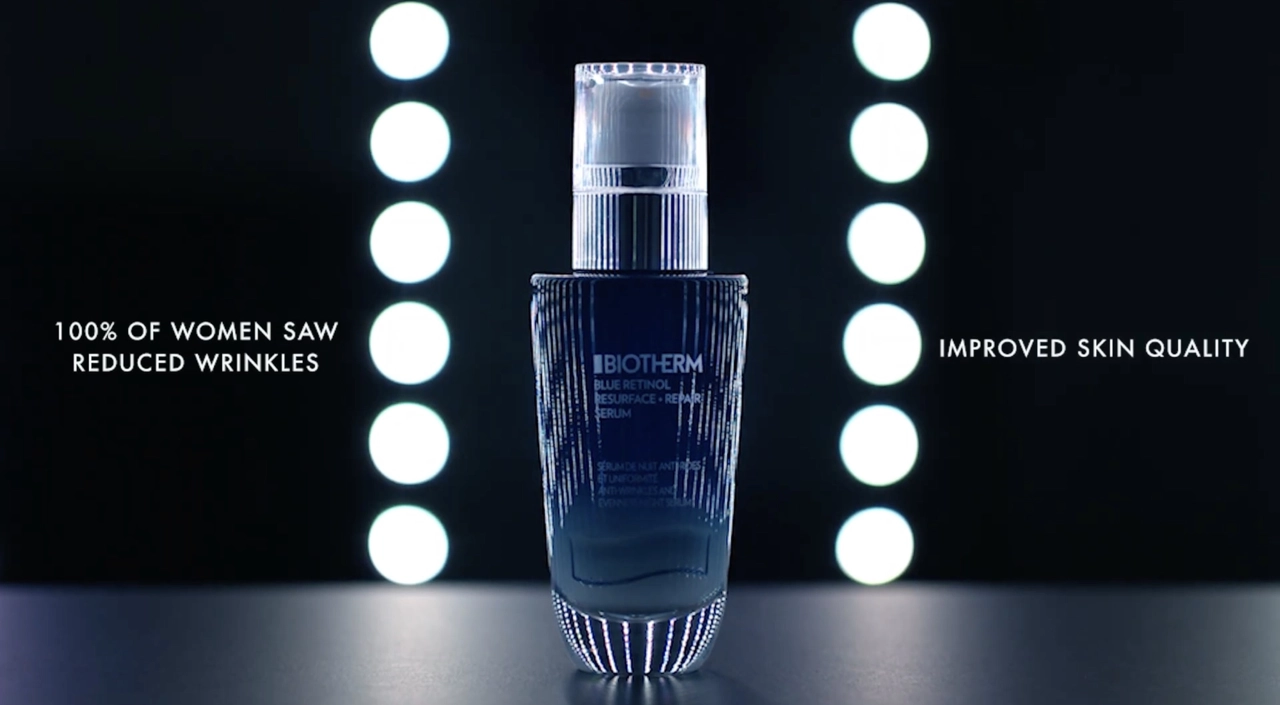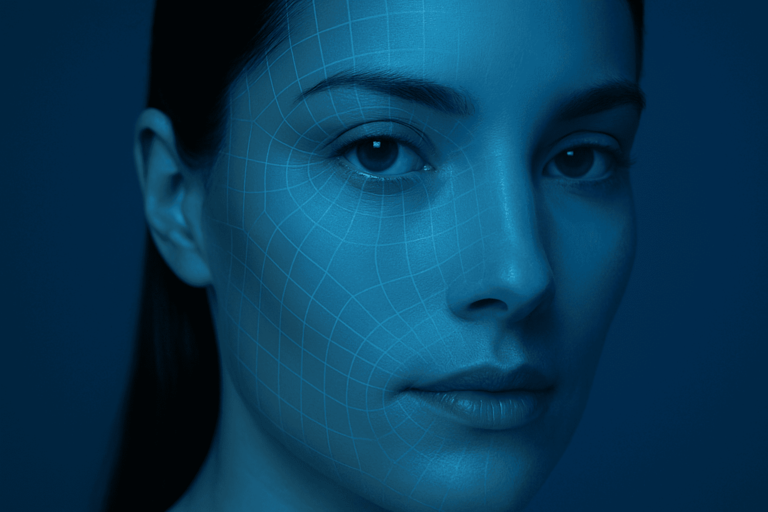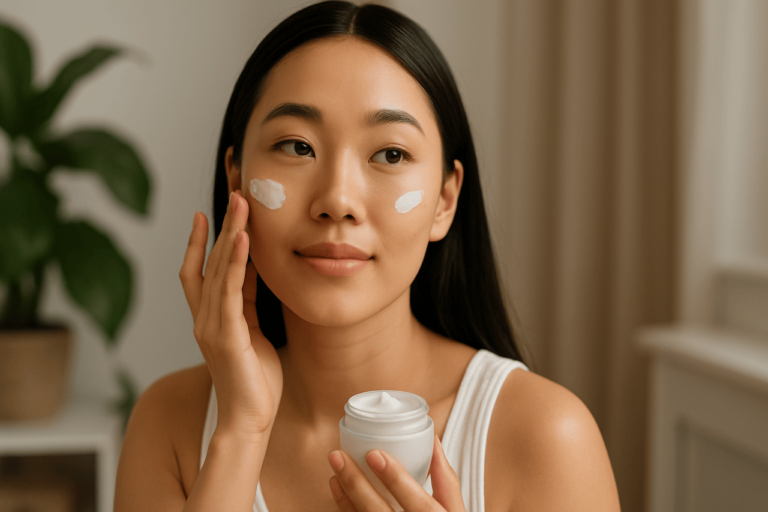Biotherm Blue Retinol Serum is using Cydolia’s 3D technology.
Beauty ads have traditionally relied on glamorous visuals and sweeping promises to sell products. Yet many consumers now question whether the results they see are real. Gen Z and Millennials, in particular, scour social media for proof and read ingredient lists before committing to a purchase. According to recent data, 50% of younger consumers actively research efficacy claims, while 75% of Spanish consumers believe beauty brands often lack credible scientific backing. In this climate, scientifically proven cosmetic ads are no longer optional—they are a necessity.
The erosion of trust in traditional imagery
Classic before-and-after photos can be misleading. Variations in lighting, camera angles, or facial expressions often raise suspicions of editing or biased results. Regulatory agencies like the EU and FDA also demand verifiable data to back product claims, piling on additional pressure. If an ad is seen as exaggerated or unsubstantiated, brands face legal risks and may lose consumer confidence.
How scientifically proven cosmetic ads rebuild credibility
To counter skepticism, Cydolia offers a next-level approach. Instead of flat images that can be manipulated, brands can harness 3D acquisition to produce unbiased, scientifically rigorous visuals. This technology captures the face at up to 15 micrometers of detail, measuring everything from wrinkle depth to skin elasticity.
Exact alignments
By creating 3D models of the same face at different time points, marketers eliminate the guesswork caused by inconsistent lighting or poses.
Visible proof
Side-by-side 3D comparisons give viewers transparent evidence of product efficacy. Animation or short video clips can show how a wrinkle’s depth changes over weeks, turning clinical data into powerful visual storytelling.
How brands can use scientifically proven cosmetic ads
Cydolia goes beyond static images. Brands can convert micro-improvements into motion designs that highlight problem areas—like dark spots or fine lines—and animate how they diminish over time. These dynamic visuals become the bedrock of any digital ad, social media content, or TV commercial, compelling viewers to believe in the product’s proven benefits.
Conclusion
Skepticism in cosmetic advertising isn’t going away. Brands must either adapt or risk losing relevance. By integrating scientifically proven cosmetic ads into the content creation process, advertisers can deliver data-driven, high-impact visuals that meet regulatory demands and resonate with critical audiences. Cydolia’s approach turns once-doubtful claims into tangible transformations, giving marketers the scientific edge needed to earn—and keep—consumer trust.





